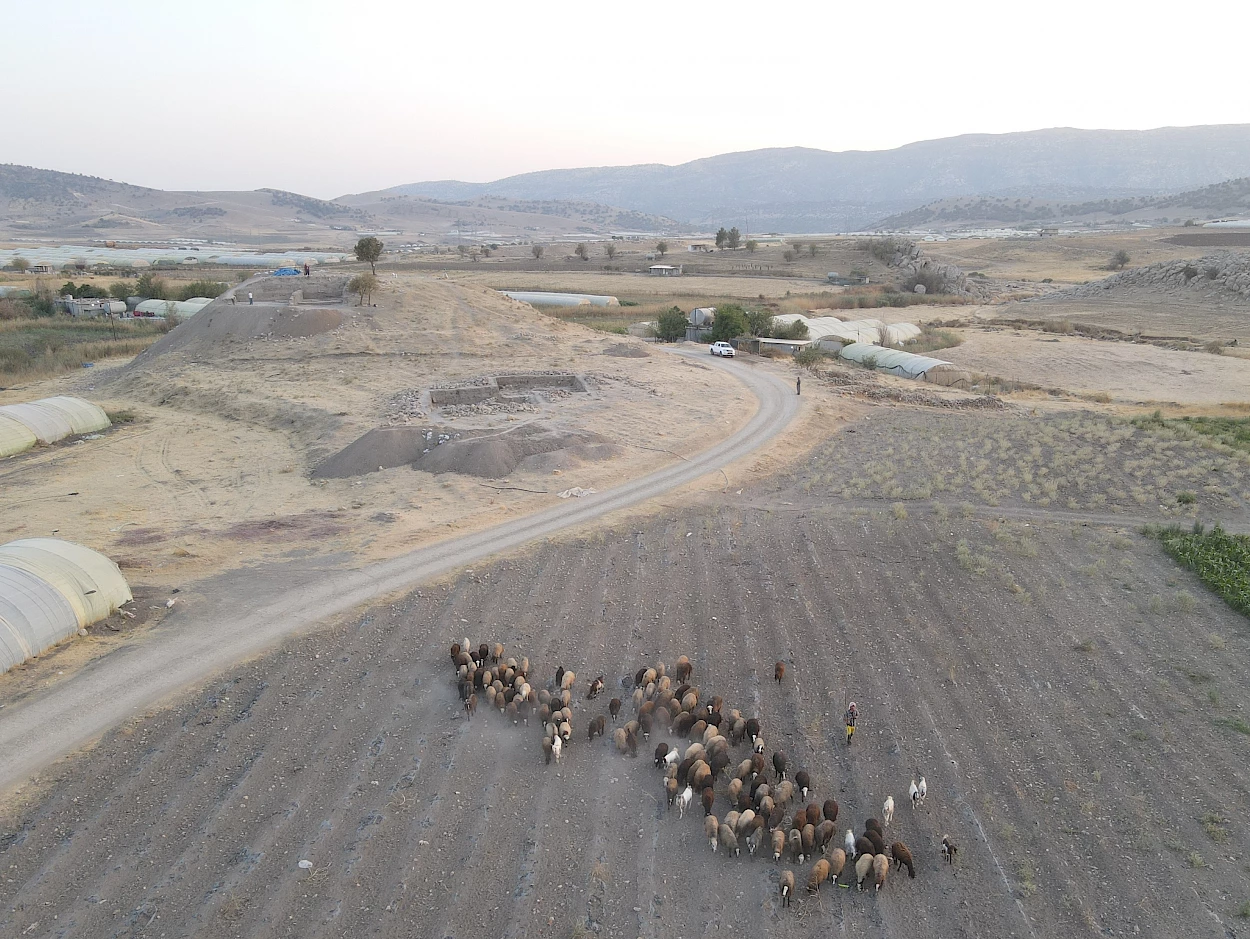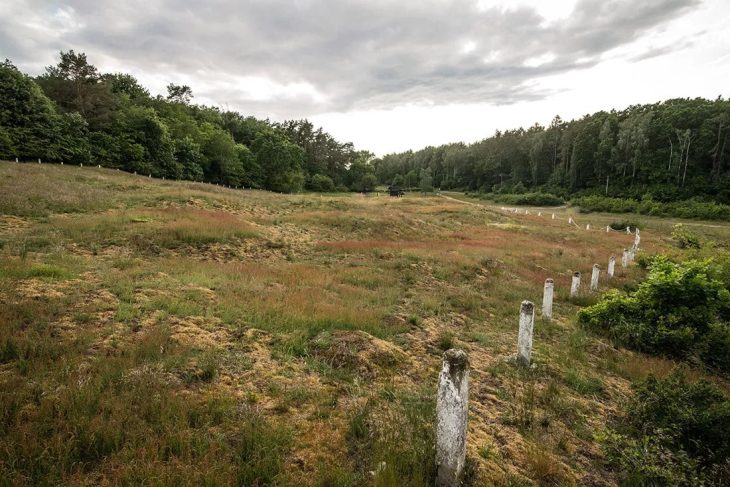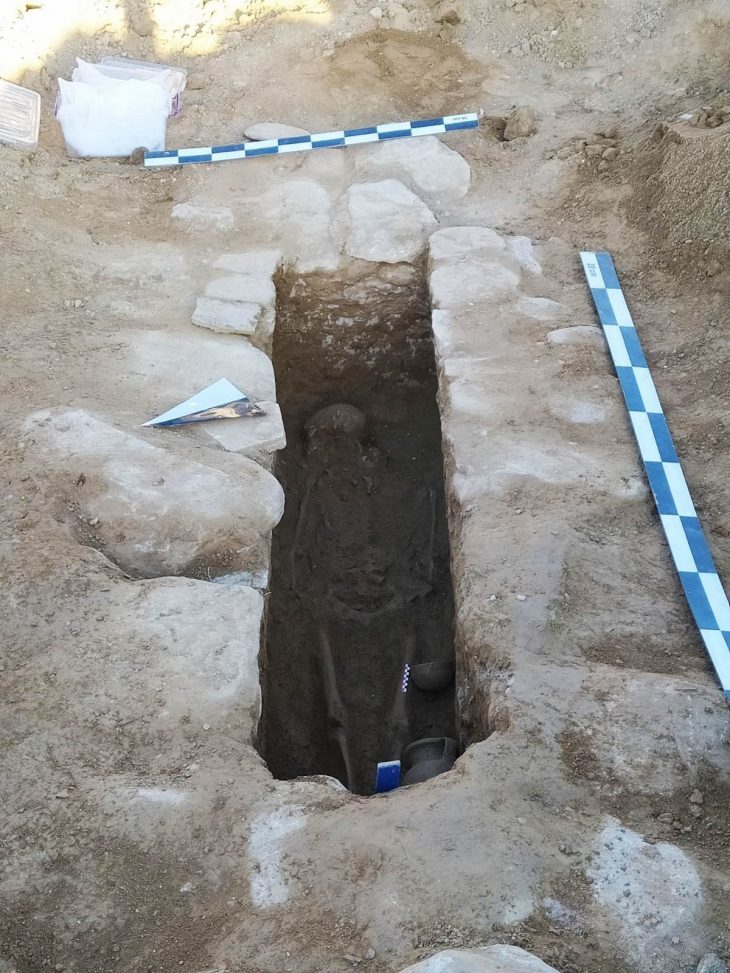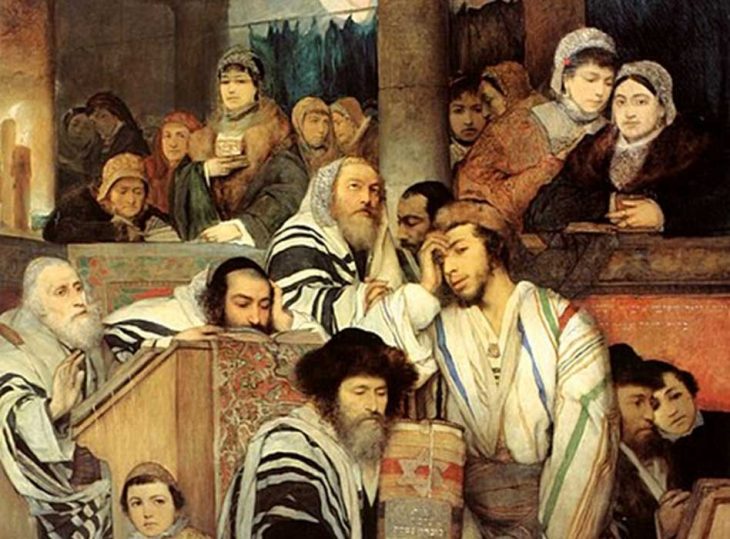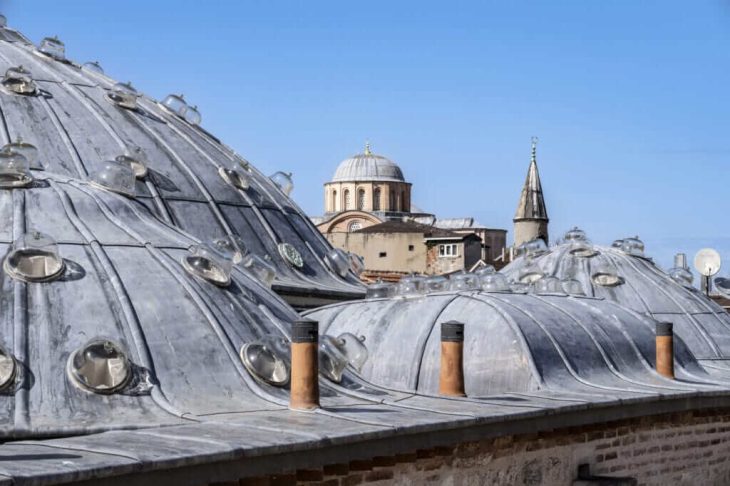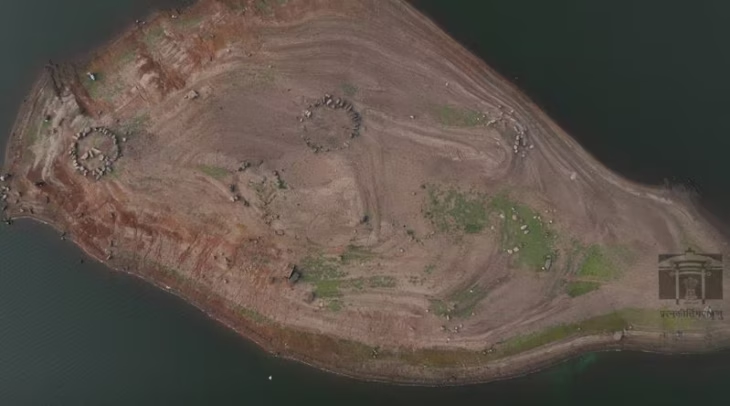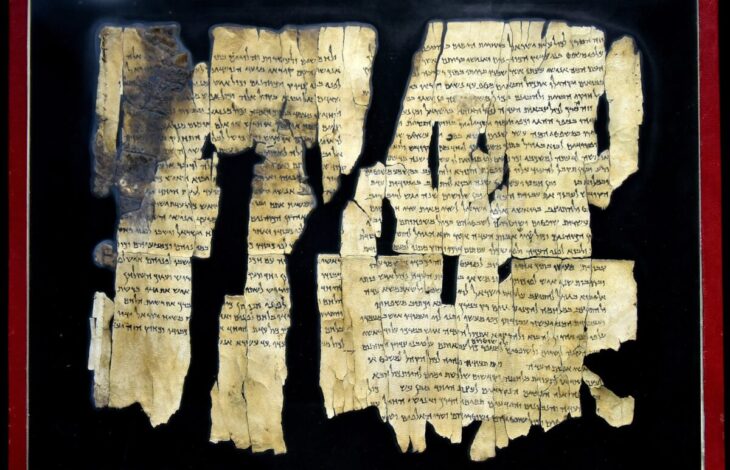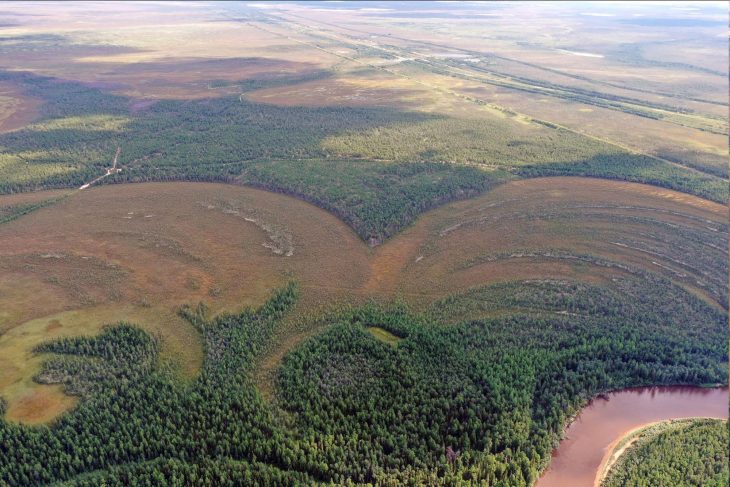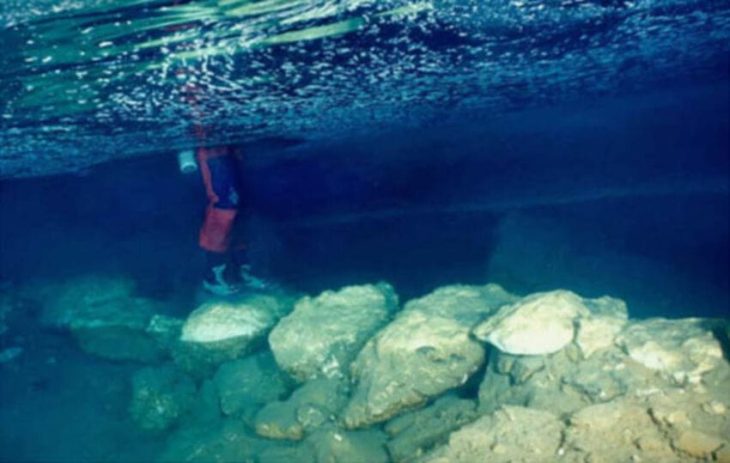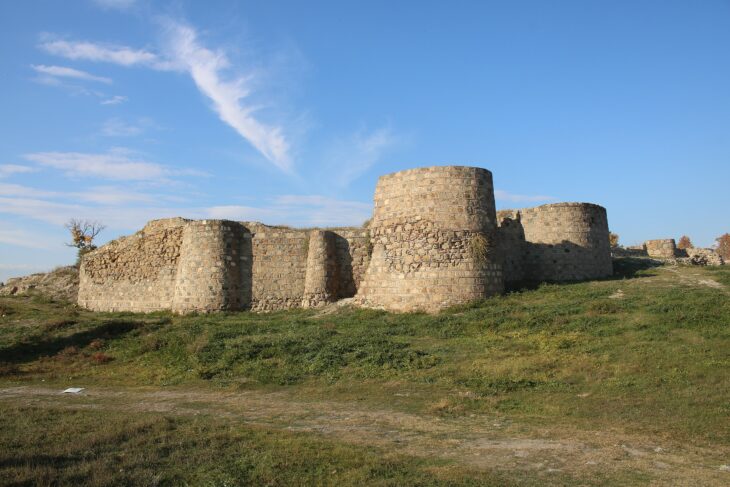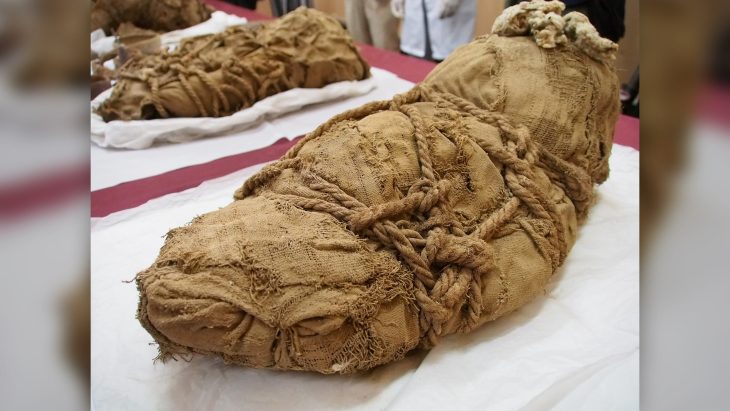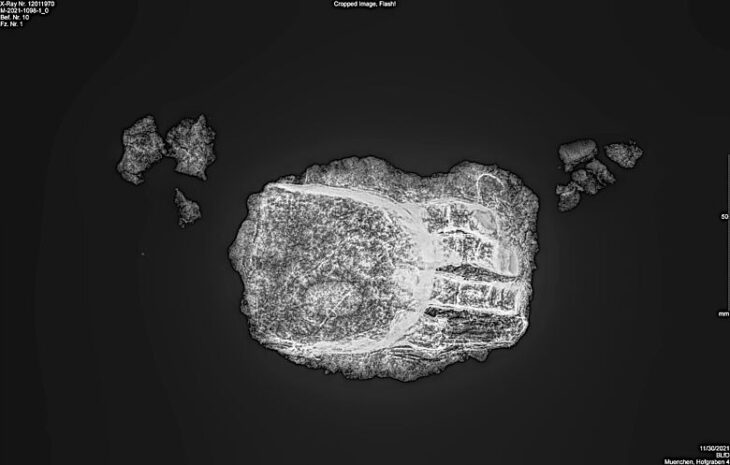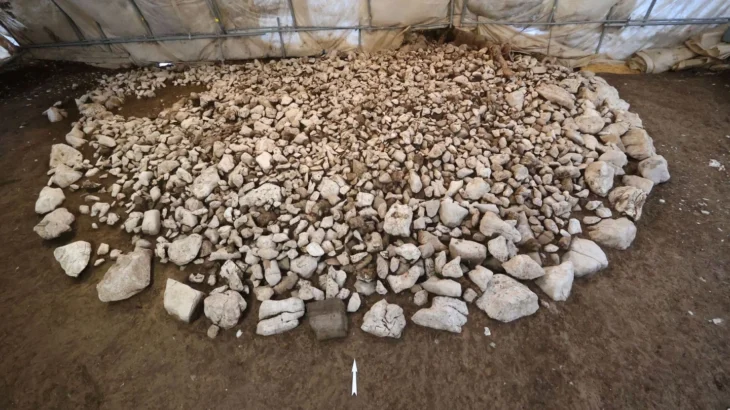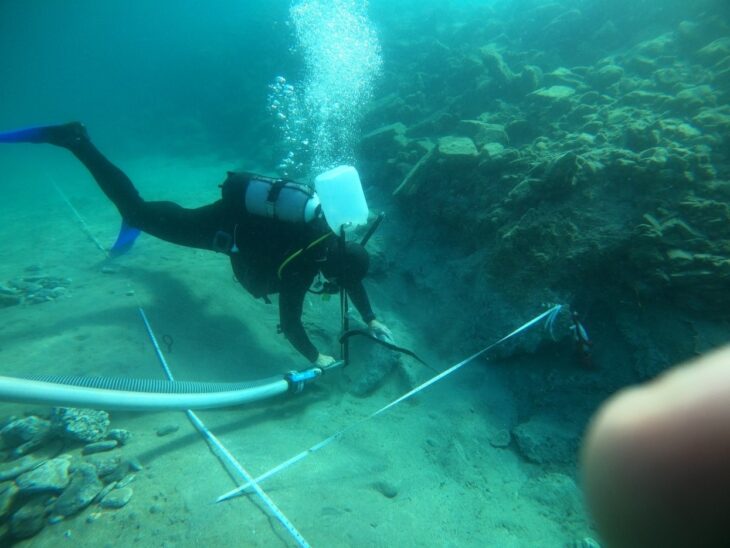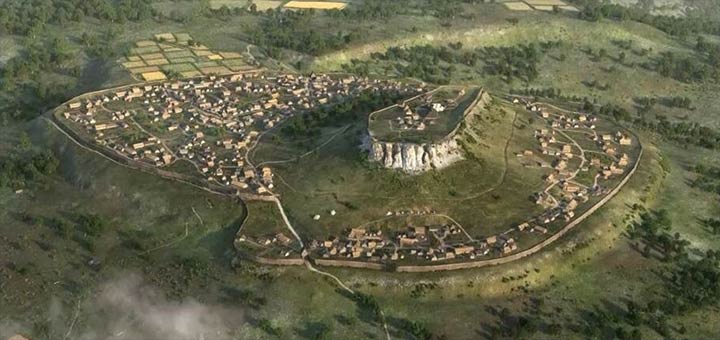A research team from the University of Coimbra’s Center for Studies in Archaeology, Arts and Heritage Sciences (CEAACP) has announced the discovery of a monumental structure in Kani Shaie, an archaeological site located in the province of Sulaimaniyah, at the foothills of the Zagros Mountains. The find is offering unprecedented insights into the early urban and political development of the ancient Near East, particularly during the Uruk Period (c. 3300–3100 BCE)—a time often regarded as the dawn of civilization.
A Major Discovery in the Eastern Tigris Region
The Kani Shaie Archaeological Project (KSAP), led by CEAACP in collaboration with the University of Cambridge and the Kurdistan Region’s heritage authorities, has completed another successful excavation campaign. Archaeologists describe the site as the most important east of the Tigris River for understanding human occupation between the fourth and third millennia BCE.
According to the research team, excavations at the top of Kani Shaie’s artificial mound (tell) have revealed a monumental building of official or religious character, likely dating to the Uruk Period. This was the age of Uruk, considered the world’s first metropolis and a key center of early state formation in southern Mesopotamia. The discovery at Kani Shaie demonstrates that the cultural and political influence of Uruk extended far beyond the Mesopotamian plains into the mountainous regions of the Zagros.
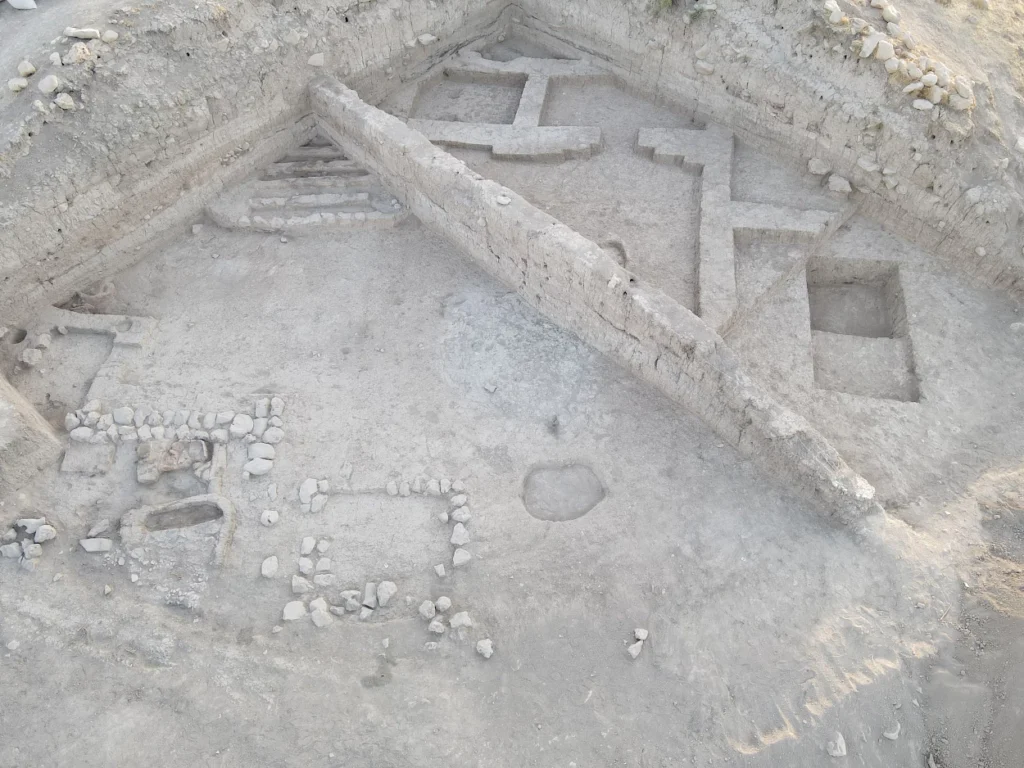
Artifacts That Redefine Ancient Connections
Two exceptional artifacts were uncovered within the building:
A fragment of a gold pendant, signifying access to precious metals and the presence of elite or ritual practices within what was once thought to be a peripheral community; and
📣 Our WhatsApp channel is now LIVE! Stay up-to-date with the latest news and updates, just click here to follow us on WhatsApp and never miss a thing!!
A cylinder seal characteristic of the Uruk Period, used in administrative and bureaucratic practices—symbols of organized authority and control.
Archaeologists also found decorative wall cones, a hallmark of monumental Uruk architecture, used to adorn temples and public buildings. These features strengthen the interpretation of the Kani Shaie structure as a public or ceremonial complex, potentially linked to religious or governmental activities.
“If the monumental nature of this building is confirmed,” the team noted, “it could profoundly reshape our understanding of the relationship between Uruk and the so-called peripheral regions, showing that sites like Kani Shaie were not marginal, but rather central actors in the cultural and political diffusion of early urban civilization.”
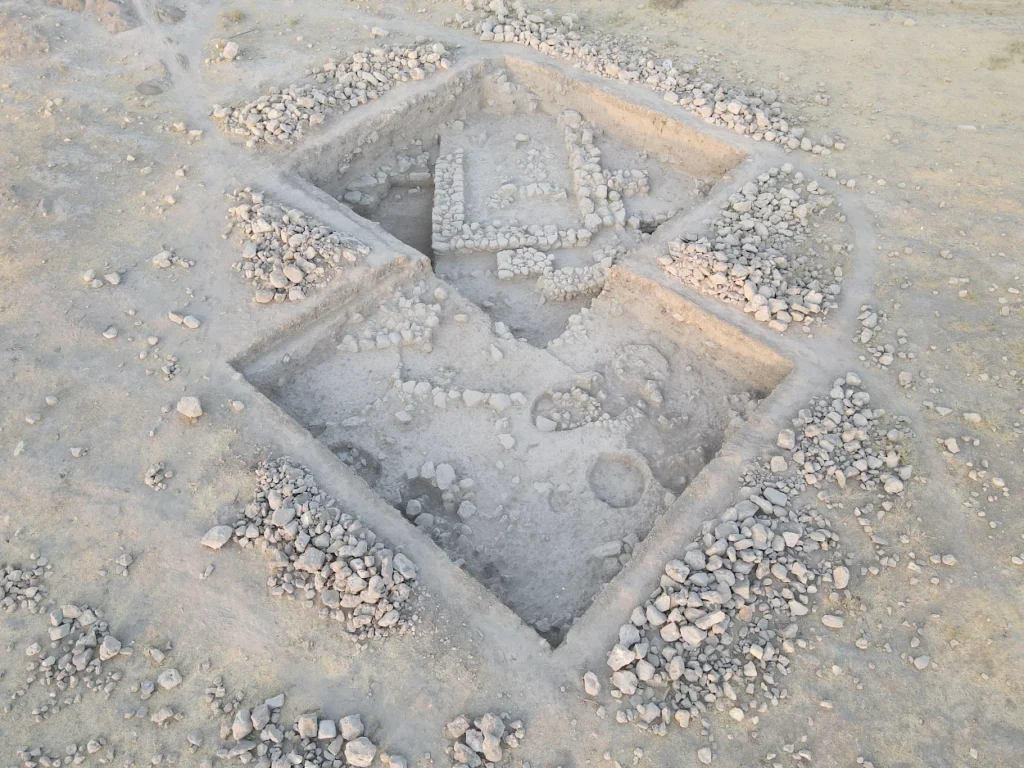
Understanding the Uruk Period: The Birth of Civilization
The Uruk Period, named after the ancient city in present-day Iraq, represents a crucial phase in human history. It witnessed the emergence of the first cities, the invention of writing (proto-cuneiform), organized religion, and centralized administration. Uruk’s economic and political reach stretched across the Fertile Crescent, linking Mesopotamia with Anatolia, the Levant, and the Zagros Mountains through trade networks and cultural exchanges.
Finds like those at Kani Shaie help scholars reconstruct how ideas of governance, architecture, and artistry spread from the Mesopotamian lowlands into neighboring highland societies. The presence of Uruk-style cylinder seals and decorative motifs in the Zagros indicates a shared cultural language of power that transcended geography.
A Multi-Period Site of Continuous Occupation
Beyond the Uruk levels, ongoing excavations at Kani Shaie have also revealed later occupation layers from the Hellenistic-Parthian period (247 BCE–224 CE) and the Neo-Assyrian period (c. 911–609 BCE). These findings confirm the site’s long-term strategic and cultural significance. Among the Neo-Assyrian remains, another cylinder seal was found, suggesting that Kani Shaie retained its regional importance within the imperial network.
This continuous occupation over millennia highlights the site’s role as a crossroads between Mesopotamia and the Zagros, a frontier where diverse peoples and empires met, interacted, and exchanged goods and ideas.
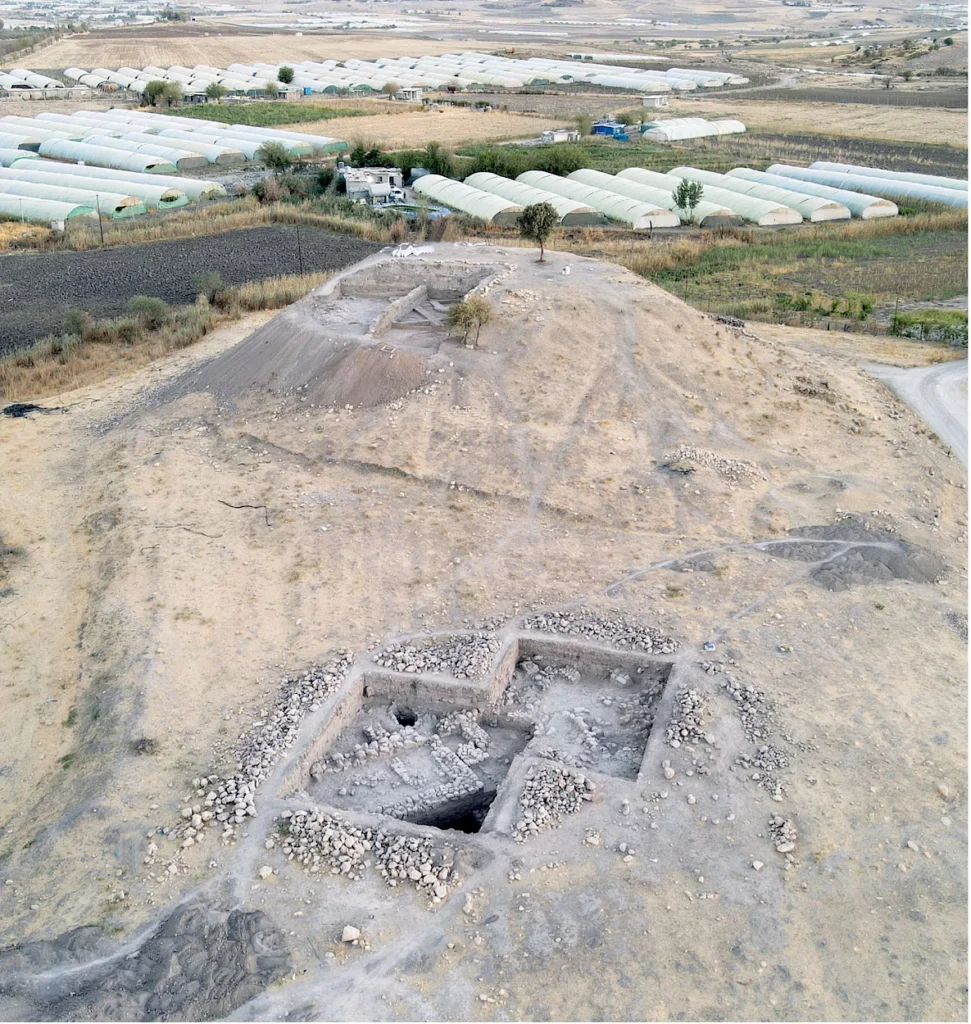
International Collaboration and Future Research
The Kani Shaie Archaeological Project (KSAP) is co-directed by André Tomé (CEAACP/University of Coimbra), Steve Renette (CEAACP/University of Cambridge), Maria da Conceição Lopes (CEAACP/UC), and Michael Lewis (CEAACP/UC, Associate Director). The project brings together researchers from the University of Coimbra, the University of the Algarve, and the University of Cambridge, as well as experts from the Kurdistan Region’s heritage authorities and international specialists.
The 2025 field season included researchers Humberto Veríssimo (University of the Algarve), Anna Ligia Vitale, and Kelly Veloso (University of Coimbra). The project is primarily funded by the Portuguese Foundation for Science and Technology (FCT – Fundação para a Ciência e a Tecnologia, I.P.) and the University of Cambridge, with essential cooperation from Kurdish cultural institutions.
The team plans to publish preliminary excavation results in the coming months, along with a comprehensive monograph detailing the first three excavation campaigns, which began in 2013.
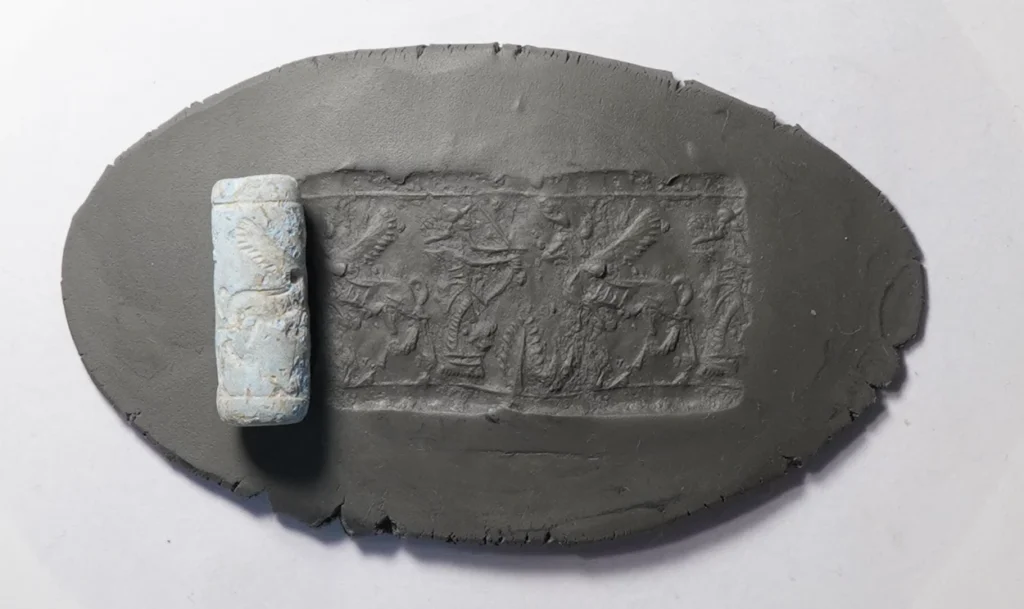
A New Chapter in the Study of Early Civilizations
The discovery of a monumental Uruk-period building at Kani Shaie not only enriches our understanding of Mesopotamian civilization but also challenges traditional models of “center and periphery.” Rather than passive recipients of influence, the Zagros highland communities appear to have been active participants in the formation of early complex societies.
As archaeological evidence continues to emerge, Kani Shaie stands out as a key site for understanding how the world’s first urban experiments spread across landscapes, connecting the heart of Mesopotamia to the mountains that shaped the ancient Near East.
Cover Image Credit: University of Coimbra

